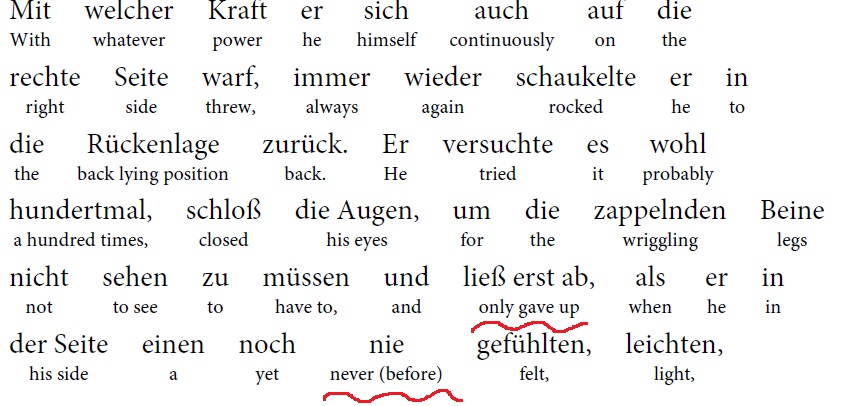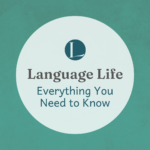March 14th, 2014
Interlinear Books Review
As I’ve recently confessed in my completed italki Language Challenge video, I love to read. On the one hand, this isn’t so great because I get stuck in a reading rut when I begin a new language and it’s often far too long before I actually speak to a human!
On the other hand, it works for me. By day I’m blogging and vlogging but as soon as school’s out I’m off teaching French, English and Spanish to a variety of students.
Now, I try to plan my schedule so it’s one student after another but every now and then there’s 5 minutes or so in between lessons. This is where my car library comes in!
What’s a car library?!
My driver door is loaded with books in a variety of languages that I dip in and out of as necessary. Never waste a minute. My car library books of choice are parallel texts. In case you’ve never heard of parallel texts, I’ll give you the lowdown: left page in German/French/Spanish etc, right side in English. I can nip in and out and it doesn’t matter if I don’t understand a word or don’t get the context because the English is right there to help me.
Ok, ok, so parallel texts are awesome…
There is a problem though. Sometimes, parallel text translations are…too good. So, an idiom or select phrase may be translated into the English equivalent, which is great but doesn’t help you to understand the word order or literal meaning in the target language. So when I heard about Interlinear Books, I jumped at the chance to check it out! It’s the perfect progression from parallel texts. Why it hasn’t happened sooner I don’t know. Allow me to explain…
So what’s the difference?
Well, Interlinear Books have the translation on the same page. And not only that, they are translated word for wor. But why is this a benefit? Reading the literal translation in your own language helps you to understand the structure of your target language, which, in my opinion, helps you to progress quicker. Having said that, there are a few bits that have some helpful less literal translations in brackets. Hooray! (I’ve underlined a couple of examples below)
How much is it?
The books cost from $12.99 to $29.99 depending on the language. The price is variable due to different lengths and complexities of the texts.
What do I get?
Interlinear Books come in PDF format available to use on a desktop, tablet or mobile device. You have a choice of different PDF sizes for different devices and you can download as many as you want. A great idea! On top of that, where possible, they will help you to find an audiobook available. Perfect for learning on the go!
What languages can I learn?
The books translated for Interlinear Books are also selected really well. (I’ve just been reading Frank Kafka – and understanding it!) I’m really excited to see what they bring out next!
Here’s what’s currently available:
Arabic – Sinbad The Sailor: Three Adventures
Armenian – Dispersia by Artyom Grigoryan
Chinese – Three Stories by Lu Xun
Dutch – Babel by Louis Couperus
French – A Simple Heart by Gustave Flaubert, The Girl With The Golden Eyes by Honoré de Balzac, and Stories of Lilly by Dr. A. de Blincourt
Filipino – Stories and Riddles
German – The Metamorphosis by Franz Kafka, German Reading Book by F. Hahn, C.A. Thimm, and The Sorrows of Young Werther by Johann Wolfgang von Goethe
Greek – The Clockmaster by Roubina Gouyoumtzian, The Crack on the Hourglass by Roubina Gouyoumtzian, Selection of Short Literary Works
Italian – One, No One and One Hundred Thousand by Luigi Pirandello and Stories by Italian Writers by Baldassare Castiglione, Vittorio Alfieri and others
Japanese – Rashōmon by Ryūnosuke Akutagawa
Lithuanian – Short Stories by Jonas Biliūnas
Polish – Dead End by Stefan Grabiński
Portuguese – The Alienist by Machado de Assis
Russian – The Death of Ivan Ilyich by Leo Tolstoy, The Meek One by Fyodor Dostoevsky, and Collection of Stories by Nevill Forbes
Spanish – The Colloquy of the Dogs by Miguel de Cervantes and The Nymph by Rubén Darío
Swedish – The Treasure: Sir Arne’s Money by Selma Lagerlöf







